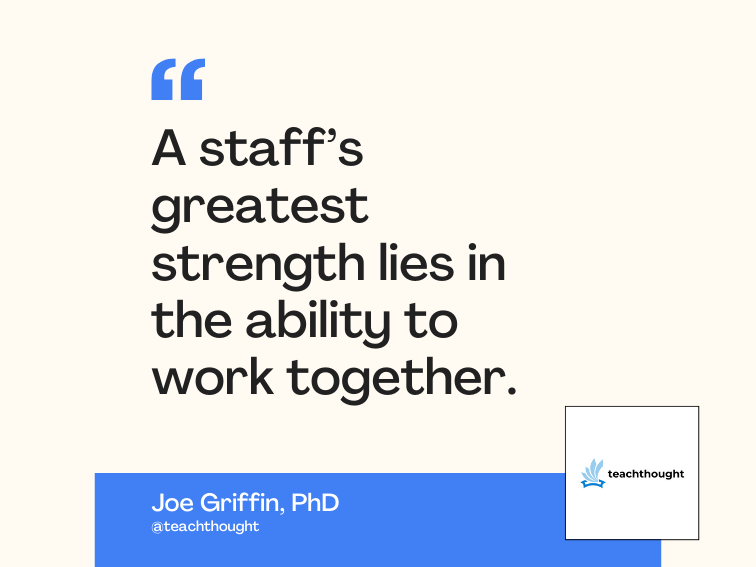IBM raises the bar with the latest version of WebSphere
The InfoWorld Test Center puts IBM’s WebSphere Application Server 3.5, Advanced Edition through the grinder
Now that the Internet has gained acceptance as a viable medium for conducting business, the new challenge for corporations has become how to make their old static Webpages richer and more dynamic.
TEXTBOX:
TEXTBOX_HEAD: The Bottom Line
IBM WebSphere Application Server 3.5, Advanced Edition
Business Case
This Web application server should get a close look from any corporation interested in easier and more effective integration of legacy applications and data with the Web. WebSphere also improves resource utilization.
Technology Case
WebSphere Application Server 3.5 provides a robust and portable application deployment environment and stellar application management. Application-level partitioning and load balancing round out a complete set of features.
Pros
- Excellent integration opportunities with existing business systems and the Web
- Works with a wide variety of databases and Web servers
- Excellent scalability and reliability
- Provides full support of Enterprise JavaBeans
Cons
- Huge appetite for system resources
Cost
,500 per processor
Platforms
Windows NT/2000, Solaris, AIX, AS/400, and HP-UX
IBM; Armonk, N.Y.; (800) 426-3333
:END_TEXTBOX
Whether that need is driven by customers or business partners, many companies have found that, while developing applications for their new environment may not pose much of a challenge, integrating the new with the old has often proved harder than imagined. You must negotiate language differences (for example, you may have to port old COBOL apps to Java), reconcile interface discrepancies, and generally learn how backend legacy applications work — often with little documentation or past experience available.
To make matters worse, increasing the complexity of your Website usually means exposing data to public scrutiny that was once held securely and privately behind corporate walls. And when your data is more vulnerable, you have to work harder to ensure that your applications are secure, scalable, and manageable.
For example, you wouldn’t want to show the world the dreadful-looking old user interface that responded only to keystroke combinations, even though it might have been perfectly serviceable back when only your in-house employees could see them.
Fortunately, thanks largely to the global acceptance of the new Internet medium, vendors such as IBM, BEA Systems, and Bluestone Software have responded to the demand. Today users have access to all the tools they need via an indispensable piece of middleware: the application server.
IBM’s latest upgrade to the WebSphere Application Server, now in version 3.5, is an excellent example of what the modern application server can do. It’s specifically designed to let you easily integrate your existing business systems and processes with the Web, regardless of your IT staff’s technical prowess. But it also provides the added benefit of differentiation via personalization and increased usefulness.
Moreover, because the solution is based on open, industry-approved standards such as Java and XML, users will find it easy to work with and integrate into. It also makes WebSphere an excellent platform for ensuring that your company’s Web presence is fast, stable under pressure, and, most importantly, secure. In short, WebSphere is capable of handling everything that today’s e-business demands.
What’s new?
The latest release of WebSphere is largely focused on usability and installation enhancements. But it also introduces new features, including the SecureWay Directory Server (an LDAP server), an online help component, and full support for Java 2 across all supported platforms.
The online help system, called InfoCenter, was particularly impressive. It provided complete searching and printing capabilities for documents covering topics ranging from installation and configuration to security to workload management. The depth and quality of content were as good as any help utility you’ll find anywhere.
If you want to tailor the information you offer to specific groups of visitors, you’ll appreciate how WebSphere allows you to integrate with WebSphere Personalization for Multi-Platforms.
Unfortunately, WebSphere Personalization for Multi-Platforms is sold separately, but it does provide a rules-based approach with which developers can create specific information that, at run time, is evaluated for presentation.
This version of WebSphere is also marked by admirable enhancements in its ability to provide access control lists at a more granular level. In fact, the new version allows you to not only set up security at the user and group levels but also establish control and policies for specific calls or methods within the applications themselves (via third-party authentication techniques). In this way, WebSphere offers its users greater control and protection within the server deployment environment.
For our testing, we deployed WebSphere on a Pentium III machine with 320 MB of memory running Windows NT (Service Pack 5). Although IBM claims that the product can run with as little as 256 MB of memory, we wouldn’t recommend running the application on anything less than a 512 MB configuration — with only 256 MB of RAM, our machine yielded sluggish performance now and then.
On the other hand, installation was a snap. We got the server up and running with little thought, little configuration, and little cussing. IBM has improved the installation procedure: WebSphere now preinstalls the required prerequisites — such as the Web server, database, and JDK (Java Development Kit) — and the package also integrates better with Lotus Domino, IBM VisualAge for Java, and the WebSphere Commerce Suite than previous versions did. IBM has also thoughtfully included numerous sample applications to make the process that much easier.
Right off the bat, we were impressed with WebSphere’s improved user interface conventions. (For example, you no longer must explicitly stop and start wizards.) This is one of those enhancements that could convince users already sold on WebSphere to graduate to the newer version.
Users will also appreciate the lengths to which IBM has gone to ensure interoperability with other leading software vendors, an especially important feature if your company runs a multitude of configurations in its IT stable. Should your shop require flexibility when it comes to databases or Web servers, chances are good that you’ll find what you need here. WebSphere works well and integrates easily with Sybase Adaptive Server, Oracle 8i, Apache 1.3.12, Netscape Enterprise Server 3.51, iPlanet Enterprise Server 4.0, and Microsoft Internet Information Server 4.0 and 5.0.
In the trenches
In order to put a few of WebSphere’s features to the test using a Website we created and updated using WebSphere Studio 3.5 (for a related article, see Resources), we needed to configure the server prior to usage. We were pleased to find that WebSphere made that job easy, thanks to IBM’s generous use of wizards that walked us through every step, including setting up system-level security.
With configuration complete, we moved into creating the Web application. Here again a handy wizard guided us through the task, including setting such options as whether we would be using servlets, which servlet engine we would be using, and whether the pages would reload automatically or not.
In all, we found Version 3.5 of WebSphere Application Server to be an extremely capable product; it earned a score of Excellent. Moreover, with its easy-to-use wizards, excellent load balancing, and solid security capabilities, we would highly recommend either a purchase or upgrade.




